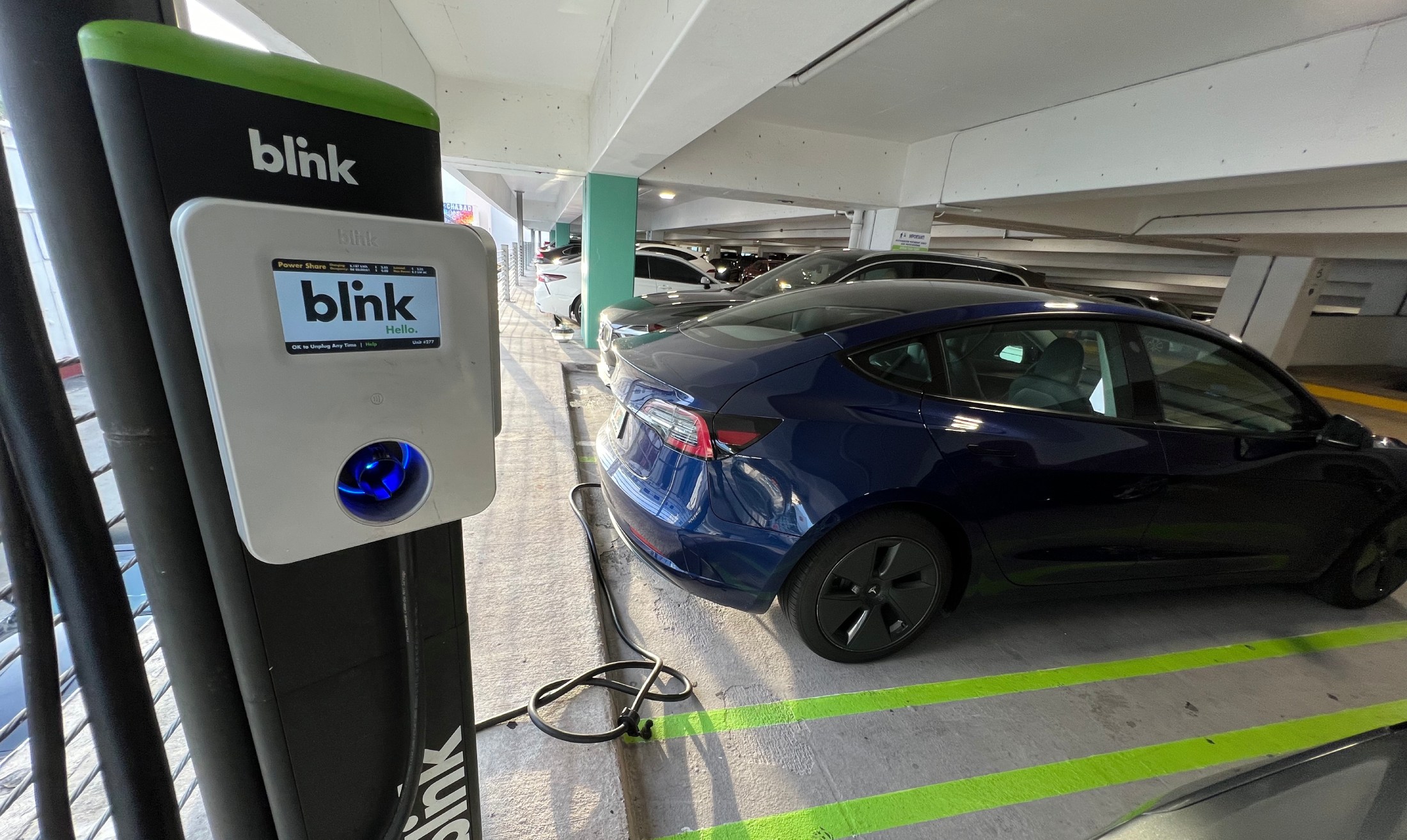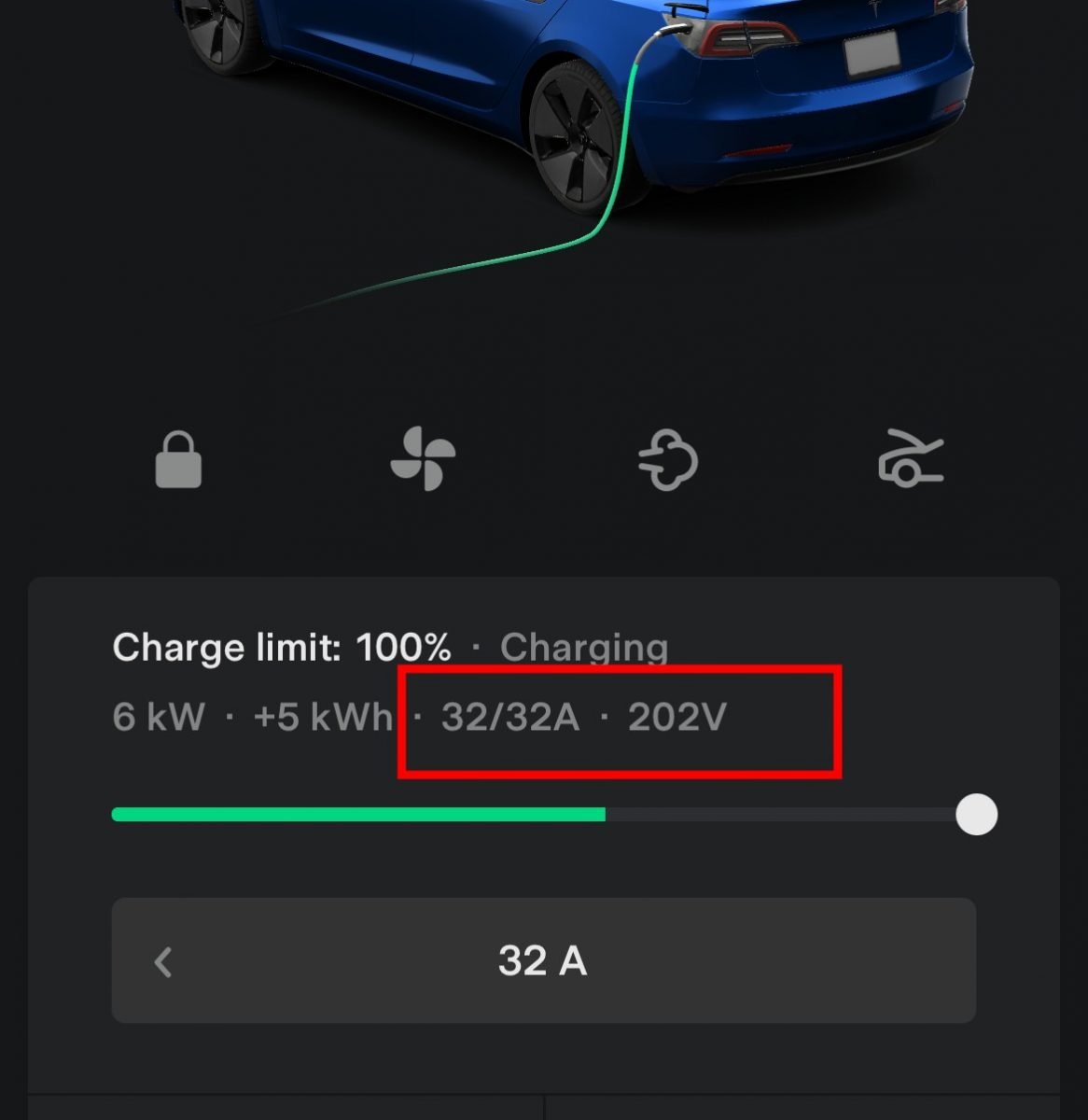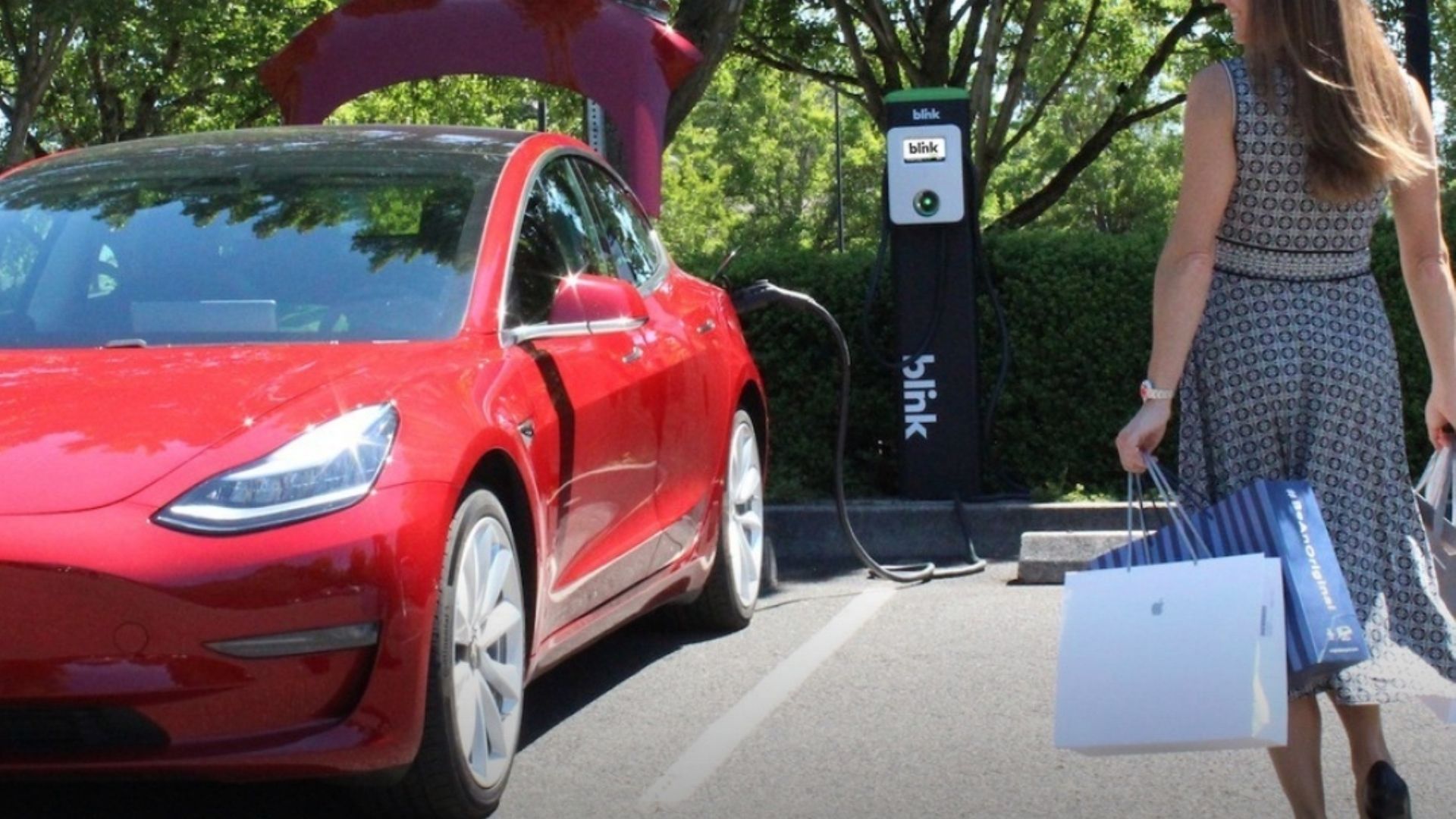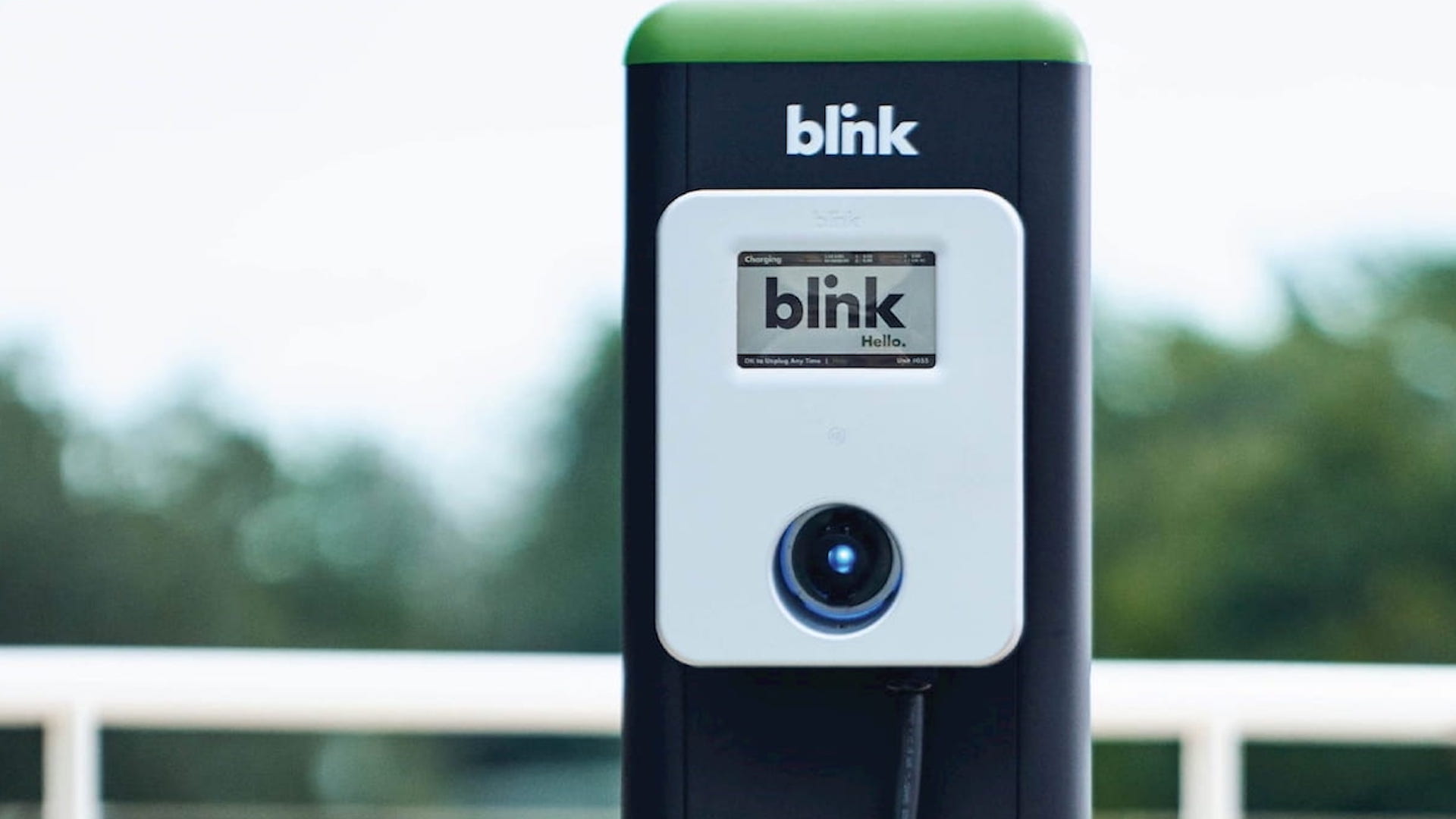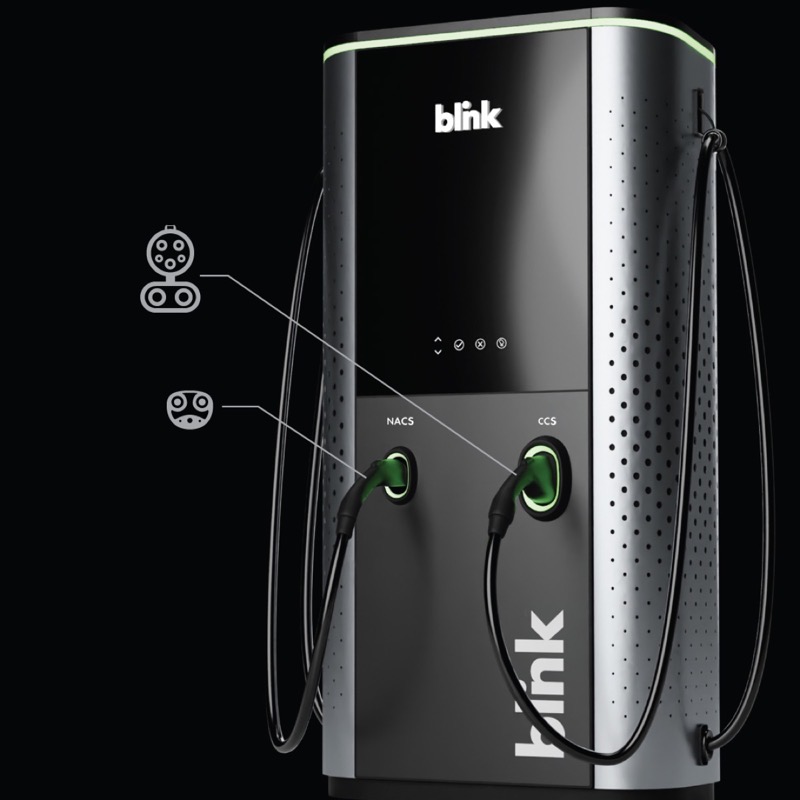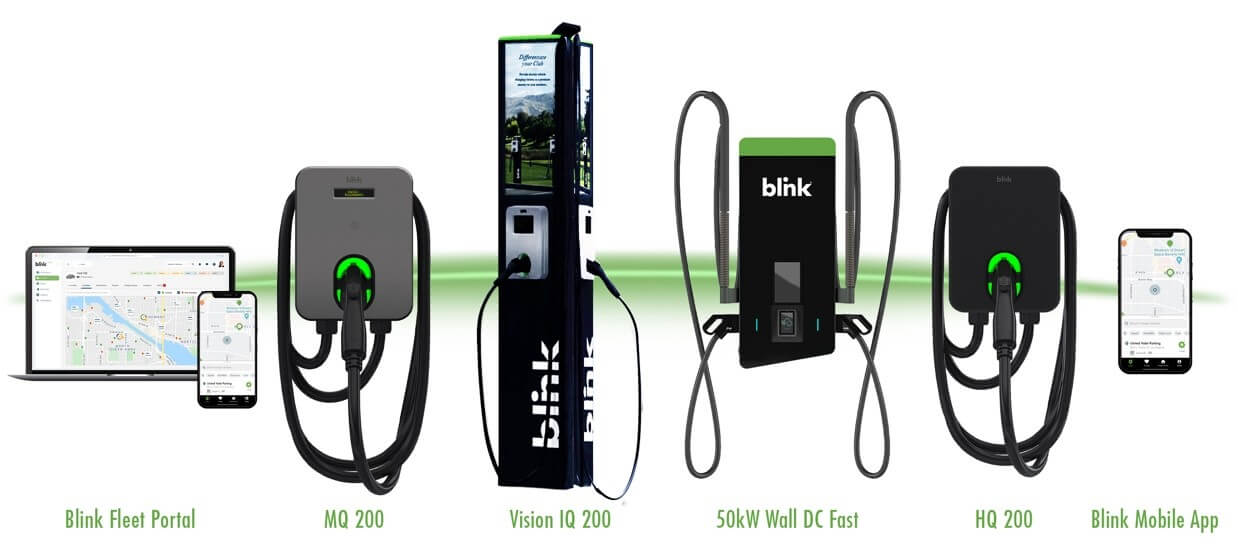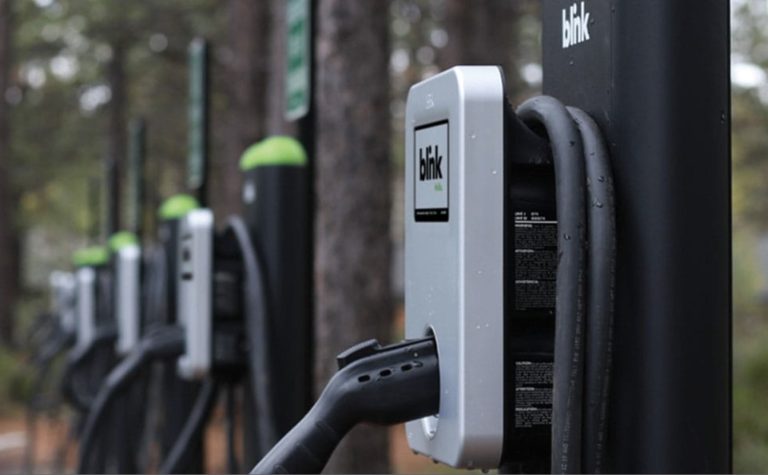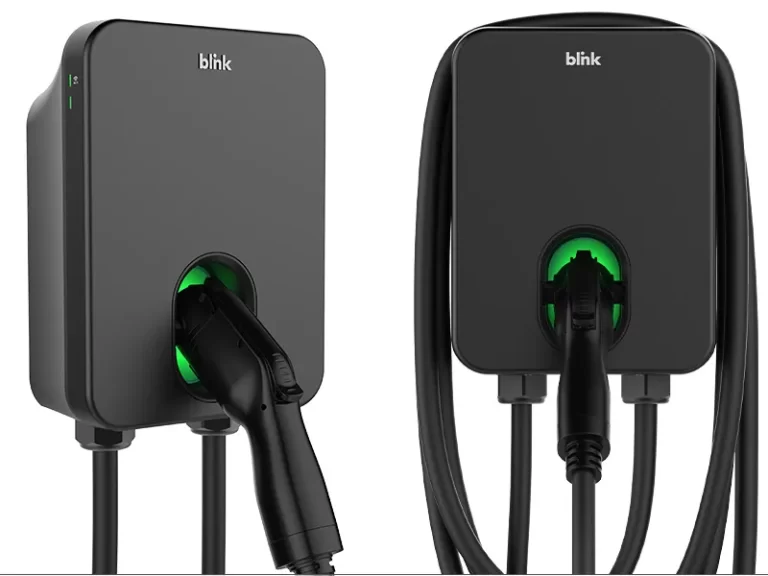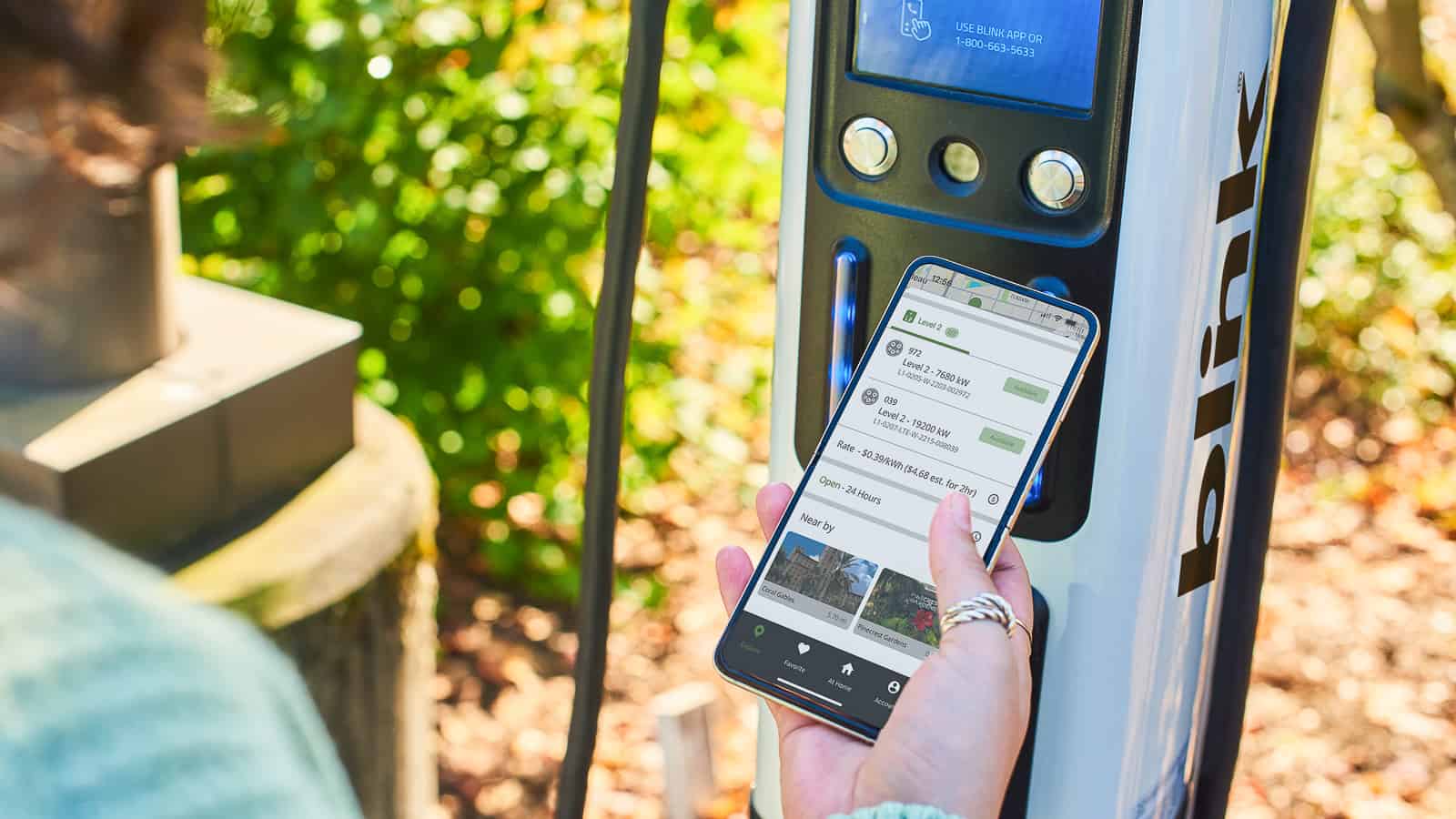Do Blink Chargers Work On Tesla

The electric vehicle (EV) revolution is gaining momentum, but a tangled web of charging networks and compatibility issues can leave drivers stranded and confused. At the heart of this charging conundrum lies a fundamental question for Tesla owners: can they use Blink Charging stations?
This seemingly straightforward inquiry opens a Pandora's Box of technical specifications, adapter availability, pricing models, and the overall user experience across different charging ecosystems. Understanding the interplay between Tesla's proprietary technology and the broader charging infrastructure is crucial for anyone navigating the EV landscape. This article aims to untangle this complexity, providing a clear and balanced assessment of Tesla's compatibility with Blink Charging stations and the factors that influence this relationship.
The Short Answer: Yes, With Caveats
Technically, Teslas can use Blink Charging stations, but the experience isn't always seamless. This is primarily due to the different charging standards employed by Tesla and most public charging networks like Blink.
Most Blink Charging stations offer Level 2 charging using the J1772 connector and DC fast charging using the CCS (Combined Charging System) connector. Teslas in North America originally used a proprietary charging port, while European models adopted the CCS standard.
Adapters: The Key to Compatibility
To utilize a Level 2 Blink Charging station, Tesla owners typically need a J1772 adapter. Tesla sells these adapters, and some are also available from third-party manufacturers.
This adapter allows a Tesla to connect to the J1772 plug, enabling Level 2 charging. The charging speed will be limited by the charger's output and the Tesla's onboard charger.
For DC fast charging, the situation is more complex. Some newer Tesla vehicles are equipped with a CCS adapter. This is necessary for compatibility with Blink DC fast chargers.
Older Tesla models might require a retrofit to enable CCS compatibility. Owners should consult Tesla directly about this option if available for their vehicle.
Speed and Cost Considerations
Even with the correct adapter, charging speeds at Blink stations might not match those achievable at Tesla Superchargers. Tesla Superchargers are designed specifically for Tesla vehicles, optimizing charging speed and efficiency.
Level 2 charging at a Blink Charging station will typically add around 20-30 miles of range per hour. DC fast charging can add significantly more range in a shorter period, but the actual charging speed depends on several factors.
These factors include the charger's power output, the car's battery level, and the ambient temperature. Pricing at Blink Charging stations varies, and can be based on kilowatt-hour (kWh) usage, time, or a combination of both.
Tesla Supercharger pricing also varies, often depending on location and time of day. Drivers should compare pricing across different charging networks to find the most cost-effective option.
User Experience: A Mixed Bag
The user experience of charging a Tesla at a Blink Charging station can be inconsistent. Some users have reported seamless charging experiences with no issues.
However, others have encountered problems such as charger malfunctions, payment processing errors, or difficulties initiating the charging session. Blink Charging and other public charging networks are actively working to improve reliability and ease of use.
User reviews and online forums can provide valuable insights into the real-world charging experience at specific Blink Charging locations. Drivers should also check for updates to the Tesla software, as these updates can sometimes improve compatibility with third-party chargers.
Tesla's Expanding Supercharger Network
Tesla is continuously expanding its Supercharger network globally, providing a dedicated charging solution for its customers. Superchargers offer a reliable and fast charging experience specifically optimized for Tesla vehicles.
The growth of the Supercharger network reduces the reliance on third-party charging networks like Blink Charging for long-distance travel. However, Blink Charging and other public charging networks remain crucial for supplementing the Supercharger network and providing charging options in areas where Superchargers are not yet available.
"The interoperability of charging infrastructure is essential for the widespread adoption of electric vehicles," says John Smith, an EV industry analyst. "While Tesla's Supercharger network is a significant advantage, access to public charging networks like Blink provides flexibility and convenience for EV drivers."
Looking Ahead: Standardization and Collaboration
The future of EV charging likely involves increased standardization and collaboration across different charging networks. Efforts are underway to promote the adoption of common charging standards and improve interoperability.
This would make it easier for EV drivers to charge their vehicles regardless of the make or model, and reduce the need for multiple adapters. Greater transparency in pricing and improved charging station reliability are also key to enhancing the overall EV charging experience.
While Teslas can technically use Blink Charging stations with the appropriate adapters, the experience is not always as seamless or efficient as using a Tesla Supercharger. As the EV landscape evolves, standardization, improved reliability, and greater collaboration will be essential for making EV charging accessible and convenient for all drivers.
